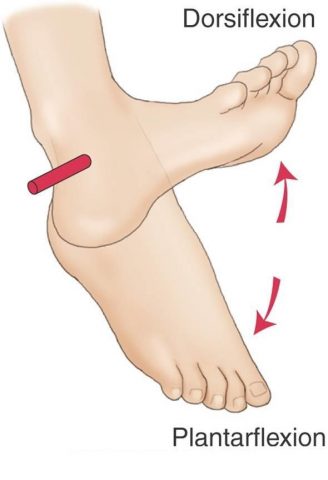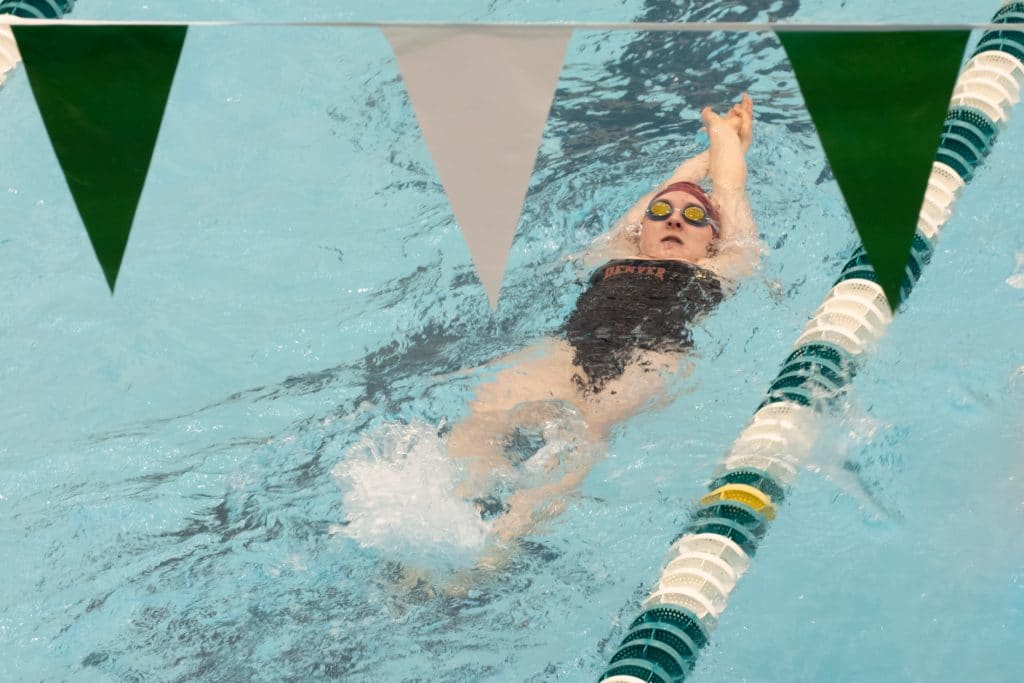Welcome to our newest series on the Backstroke kick! Fundamentally, the Backstroke kick is similar to the Freestyle Kick—with a few key differences. Our goal in this next series is to help you understand the key similarities between the Backstroke and Freestyle kick, along with—the distinct differences, so you can hone in improving your Backstroke kick for your races!
Let’s get started…
Just like Freestyle, Backstroke is a long-axis stroke. This means a swimmer rotates around their longitudinal axis. Keeping that in mind, and the fact a swimmer’s BEST body position is with the body about 2/3 under the surface of the water and 1/3 above—making sure your Backstroke kick is efficient is imperative for your races.
The 3 Main Similarities:
1.) Up-Kick Versus Down-Kick
It is the down-kick portion that is the setup in Backstroke, while the up-kick portion is the propulsive phase. This is the opposite of the Freestyle Kick, but the reality is the same—you NEED a great down-kick, in order to follow-through with an amazing up-kick.
Remember the bow and arrow analogy? If not, let’s review it.
Freestyle and Backstroke kicking are similar to a bow and arrow because the “setup phase” is similar to pulling back on the bow & string to create tension—in order to get the arrow to fly far and fast. Without pulling back on the bow & string, you won’t get the arrow to go very far OR very fast. I personally LOVE this analogy, because it’s so true with these kicks. While the setup phase won’t do much as far as generating propulsion, it is CRUCIAL to a FAST Backstroke or Freestyle kick—because it’s followed up directly with the propulsive phase.
Point blank: if you have a crappy setup phase, you WILL have a crappy kick.
2.) PlantarFlexion

Just like in the Freestyle Kick, a swimmer should plantarflex their foot while kicking. If you remember from my Freestyle Kicking Series, plantarflexion increases the propulsion a swimmer can create by reducing their drag, increasing the surface area of their foot, and improves their ankle flexibility.
If you’re interested in testing how much plantarflexion you have, click here to learn how to perform my “line test” to measure how much plantarflexion you and how yours stacks up against some of the WORLD’S BEST swimmers.
3.) Kick from YOUR Hips

Just like in the Freestyle kick, a swimmer should initiate the Backstroke kick from their hips. The ideal amount of knee bend is the same between these two kicks and that’s about 120-degrees of knee bend. You don’t need anymore knee bend than that, and any less—won’t generate much propulsion in your kick at all.
Need to improve either your Freestyle or Backstroke Kicks? Be sure to watch the video below from our buddies at Phlex giving you some great drills and things to try to improve your Backstroke & Freestyle Kicks!
Also, be sure to stayed tuned for next week– where we discuss the 3 main differences between these two kicks.
Until Next Time,
Abbie Fish


3 Responses